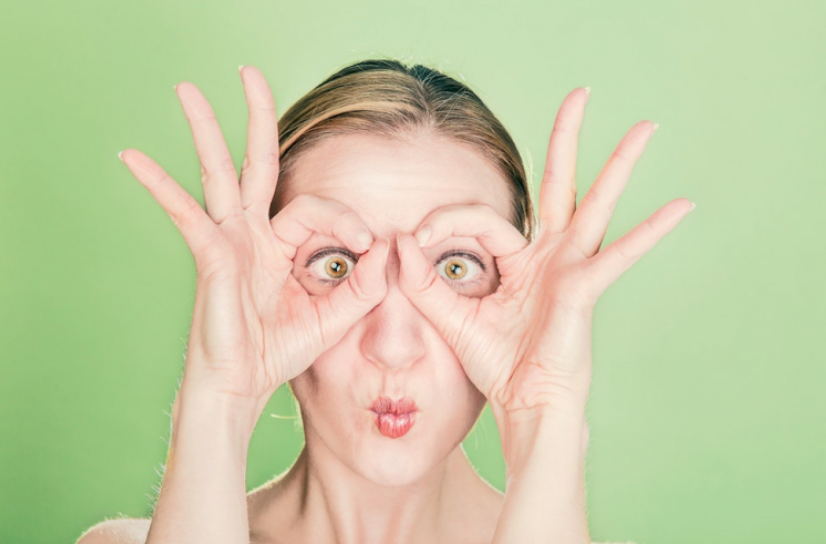
What are Eye Accessing Cues or Eye Patterns?
Eye Patterns
The technique of Eye Accessing Cues, often called Eye Patterns, is about how people access information within their neurology and representational systems.
This may be in terms of:
- visual,
- auditory,
- kinaesthetic – feelings
- or auditory digital which is about sorting, filing and processes
In this week’s video, I talk about the basics of eye patterns which is really useful because if we can informally elicit what people are doing in their thinking. This gives us so much more information about them. This can be really helpful in areas such as sales, understanding people and also helpful when working with clients. Watch the video and try it out for yourself
What are eye accessing patterns?
Eye accessing patterns are how you move your eyes as you access the systems that you think with.
We talk about six eye accessing cues and in this blog, I’m going to talk about someone who is “normally organised”. Indeed most people in the UK are what is know as “normally organised” in terms of their eye accessing cues. If you fall into the group known as “reverse organised” then it is just the reverse of what I’m going to share with you.
As you look at the person- important
- If people are visually recalling (VR) something that has happened in the past they will move their eyes upwards to the right.
- If people are auditory recalling (AR) something that has happened in the past they will move their eyes sideways and to the right.
- If people are thinking about a question they have just been asked or they are doing a comparison or list or thinking about some other criteria, then they will look down to the right which is known as Auditory Digital (Ad).
- If people are visually creating an image in their mind (VC) then they will look up and to the left.
- If people are creating how something may sound (AC) then they will look to the left.
- If people are feeling something, either emotionally or externally, then this is known as Kinaesthetic (K) and they will look down to the left.
A good way to practice using eye accessing cues is to just watch people on the tv and see if you can work out their eye patterns. Then look at the people around you and who you are talking to and see if you can tell how they are thinking – whether they are
- visually recalling,
- auditory recalling,
- processing information,
- visually creating an image
- auditory creating how something will sound
- or feeling something
This is just the basics of eye accessing cues, if you are interested in this and want to have more information then why not come on one of my courses where you can develop this skill further and use it whether it is in sales, relationships or understanding people.
I’m running an NLP course in November from the 5-8th plus 26-29th – a great way to learn and develop NLP techniques and increase your confidence in working with others. Here’s a link to the course information where you can also download a brochure for future dates and prices.
I also do a free 30 minute session. If you would like to have a chat with me about getting “unstuck” and developing your mindset for success using NLP techniques get in touch here.
So that’s me – keeping my eye on you!
Dr Bridget
Writer/Creative/Poet 📕🌈 Amazon #1 Author of "The Perfect Gift"🖋 I ACCEPT POETRY COMMISSIONS (Tributes/‘Occasion’ etc.)🖋Theo Paphitis #SBS award with ‘Spark My Imagination’ 🌈 Email: amandaandersonauthor@gmail.com
2yFascinating presentation Dr.Bridget! Thank you. 👀